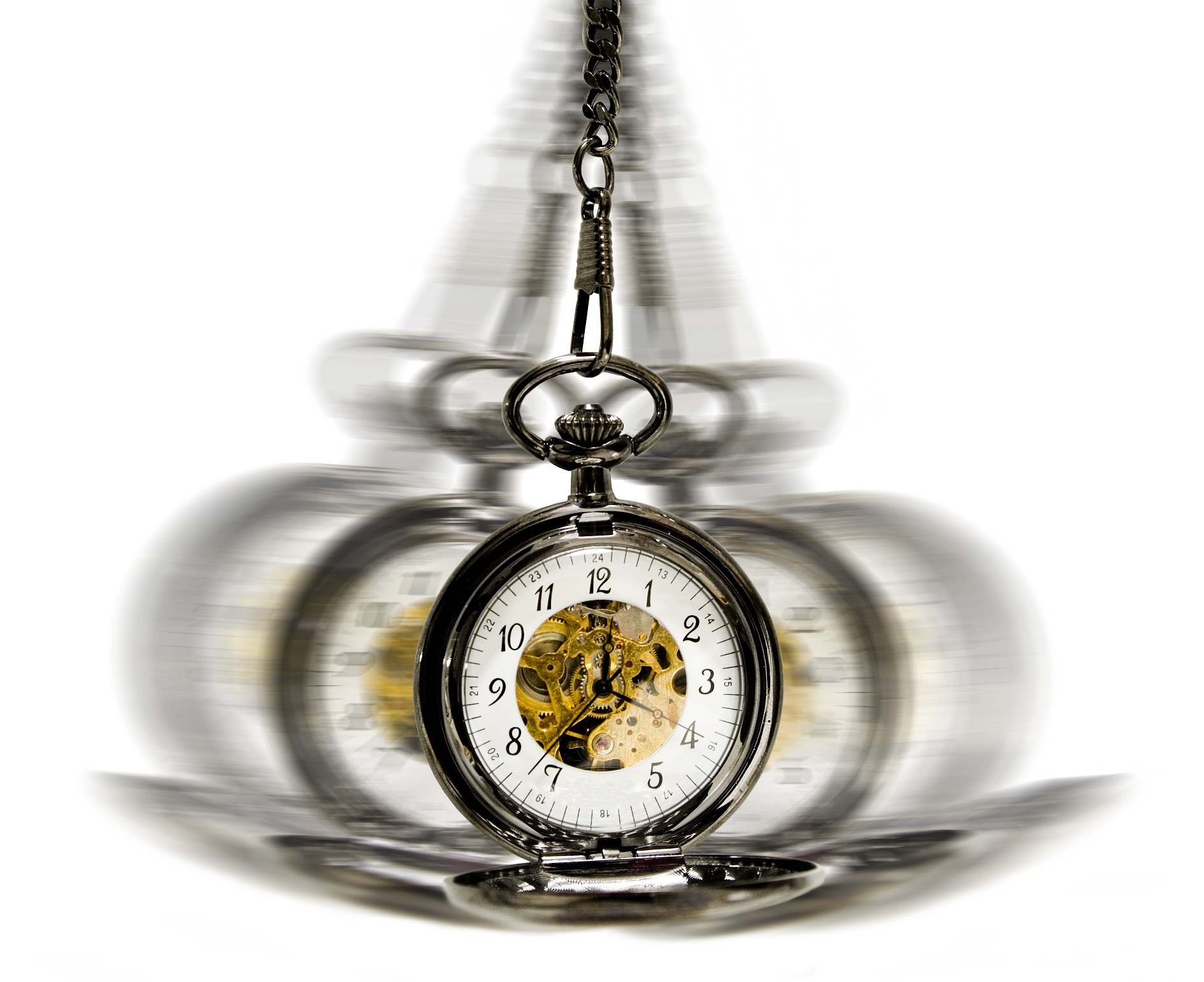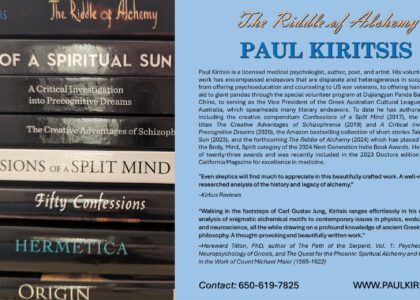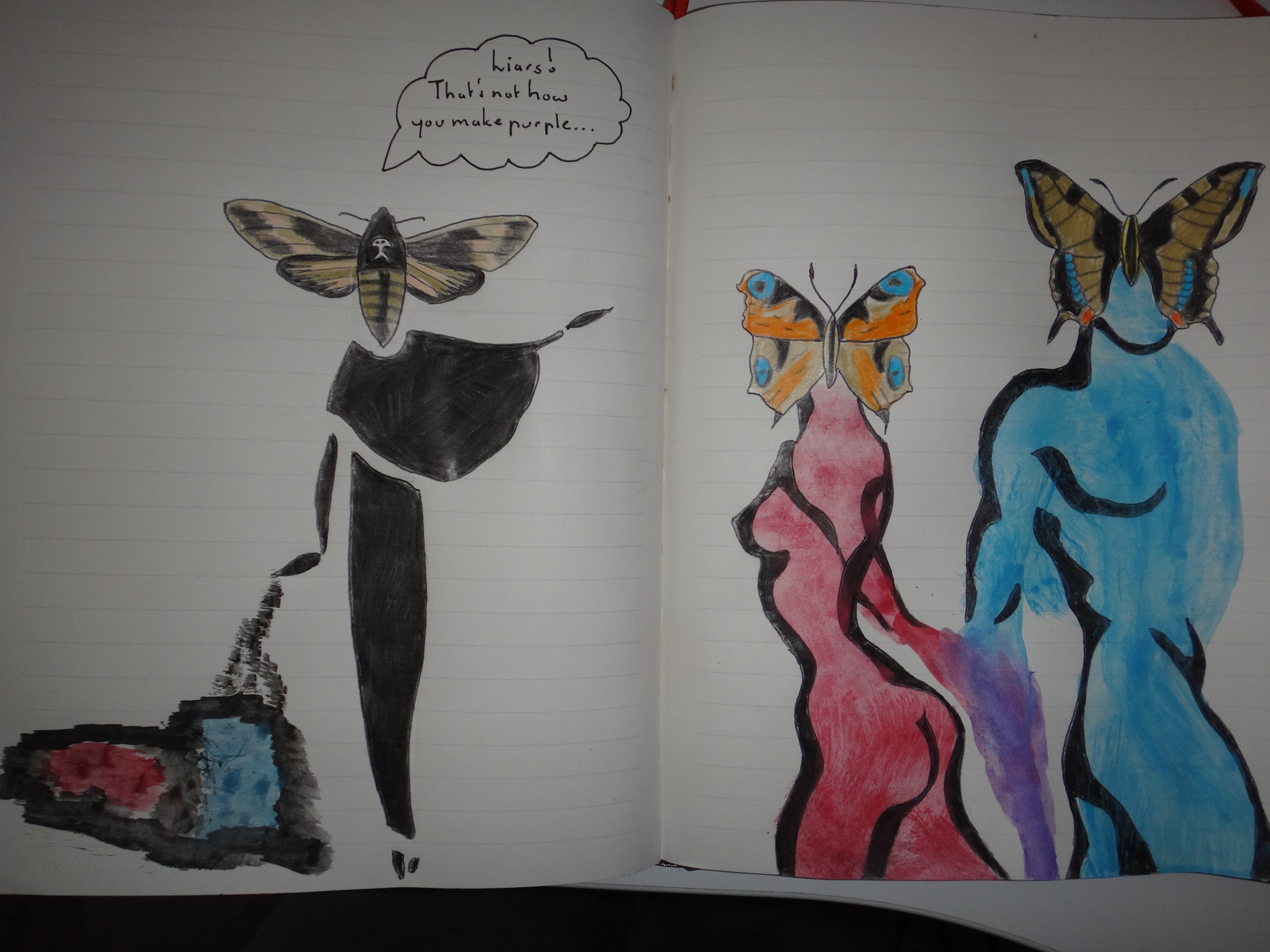
The name Franz Anton Mesmer (1734-1815) is often evoked with respect to the evolutionary history of hypnosis. In actual fact he’s something of an ancillary pioneer, having stumbled upon the technique completely by chance. But save for this remarkable discovery he was also responsible for the foundation of a philosophical system that would facilitate the mid-nineteenth century emergence of spiritual or “psychical” alchemy, an innovative breed of esoteric inquiry which went on to dominate twentieth century hermeneutics and contemporary “occult” interpretations of the Hermetic Art. One only has to evoke the cerebral trends of the publishing industry to understand just how popular and successful it was; at least half the books published on alchemy since about the 1970s have been proponents of inwardly turned spiritual or psychical views championed by Victorian occultists and adherents of Jung’s archetypal psychology.
Born on May 23rd 1734 in the village of Iznang in Swabia, Austria, Mesmer received formal training in medicine at the University of Vienna. There he wrote a doctoral dissertation entitled De planetarum influxu in corpus humanum (On the Influence of the Planets on the Human Body) in which he attempted to explicate the etiology of disease in terms of planetary alignments, oppositions and conjunctions. Drawing upon Newtonian theory, Mesmer postulated that the universe was comprised of a base substance, a so-called ‘psychic ether’ that pervaded all things, living and animate or inert and inanimate. This ‘psychic ether’ mimicked the ebbs and flows of the ocean in that it was in a constant state of cyclical influx and efflux, washing itself upon the shores of the cosmic animal that is Mother Nature and the conscious inhabitants of her three kingdoms. At some point, it occurred to him that illness or general malaise might be a tangible expression of uneven or irregular distributions of ‘psychic ether’ within the human body spurred by a corporeal blockage of some sort. By extension of this esoteric philosophy, Mesmer became convinced that all bodies secreted ‘etheric’ radiations that insentiently influenced the homeostatic balance and composition as well as the moods of all other bodies. During the early 1770s he proceeded to test the legitimacy of natural energy transference upon a number of patients with the use of magnets. According to the latter, aches and pains would diminish and eventually disappear after he’s spent some time caressing and ‘magnetizing’ various body parts. Mesmer called this mysterious phenomenon ‘animal magnetism’.
News of this quixotic method of healing spread far and wide rather quickly. Soon, men and women from all corners of the country were showing up on Mesmer’s doorstep in Iznang asking to be extricated from their debilitating ailments and conditions. Mesmer’s ground-breaking methodology was simple yet effective, and it garnered results the medical fraternity of the time could only dream of. Mesmer had succeeded, albeit fleetingly, in transposing the magic pills and cures of dreams into vivid lucid realities. Due to the increasing popularity of the art of magnetism, Mesmer soon dropped the one-on-one healing sessions to facilitate larger group sessions that involved roomfuls of half-naked bodies mutually caressing one another and writhing and squirming against one another. If the lascivious and sexually charged images of these group sessions are anything to go by, then I would propose that something other than the magnetic forces and etheric fluids theorized to exist was the causal mechanism behind the correction of the ‘tides’ and the reinstatement of physical homeostasis.
In the wider scheme of things, the agent of causation ended up being pretty insignificant. Mesmer’s reputation continued to expand like the helium gas that propels a patterned hot air balloon into the cerulean hue of the heavens. Backed by a newfound set of discoveries that were themselves validated by consequential results, Mesmer moved to Paris in search of grander fortunes, serendipities, and posterities. He then settled into an opulent mansion in Place Vendome and began practicing there, attracting members of the highbrow society willing and able to pay the ridiculously overpriced fees he charged for his services. Simmering beneath this fixed arrangement between himself and the Parisian elitists was the growing dissatisfaction of the medical fraternity; his new method of treating disease was far too alternative, “occultist”, and removed from the conventional medicine of the time and far too successful for its own good, attracting the enmity and jealousy of other Parisian doctors who did everything in their power to condemn and scandalize his alternative healing practices. Their steadfast criticism worked wonders in swaying the Royal Society of Parisian Medicine against Mesmer’s holistic and esoteric vision. On September 18th 1780, its committee members issued a decree stating that any medical practitioner found to be sponsoring or practicing ‘animal magnetism’ would automatically be expelled from the circle. The austere decision was a lethal blow for a man that had just laid the groundwork for an experimental and phenomenological approach into the psychology of altered states of consciousness and for psychical research in general. Disillusioned and dispirited by the lamentable turn of events Mesmer fled from Paris in 1785. He died in Meersburg in 1815 without having received recognition for his contributions to dynamic psychiatry.
The action of passing magnets over the body to ‘magnetize’ the blood and improve circulation produced other mysterious side effects that had been overlooked by Mesmer. It appears that during the process many patients would endure a narrowing of consciousness where the self would split into two individual entities; one that was largely compliant and receptive to autosuggestion and another that was an omniscient, passive observer of the waking, self-conscious personality. There were also preternatural phenomena connected with “magnetizing” a patient such as spontaneous access to sensory information and foreign mentation normally inaccessible in the waking state. Indeed, the patient could now could reach out beyond spatiotemporal frontiers and attain information through extrasensory means. Reading another’s thoughts, seeing events unfolding within the opaque walls of other adjoining rooms, and correctly predicting the course of his or her own ailment and the future were as simple, ordinary, and unexciting to the patient as drinking a glass of cold water or taking a stroll down a promenade with which he or she was familiar from birth. In some extreme cases thoughts that had not coagulated properly in the mind of the Mesmerist were being perceived and completed by the patient. The first adherent of Mesmer’s method to take note of these extraordinary singularities was French aristocrat and estate owner Armand-Marie-Jacques de Chastenet, Marquis de Puységur (1751–1825).
Puységur was rather ostentatious in the way he went about ‘magnetizing’ the peasantry that worked for him. In one instance he bound a young twenty-three year old shepherd by the name of Victor Race to a tree that had been ‘magnetized’ beforehand and proceeded to work him over with an assortment of magnets. The monotonous cadence and pressure of the caresses over exposed patches of skin induced a deadly languor that eventually plunged the young man into a deep sleep. When Puységur jolted him awake he refused to open his eyes. This was rather odd and unprecedented. Even odder was the fact that the young shepherd had undergone a radical transformation into a mindless zombie that would obey commands, promptly answer any questions posed, and act in complete accord with the Mesmerist’s own will and temperament. It immediately occurred to Puységur that a primary characteristic of subsistence in this in-between subconscious state was the devitalization of conscious willpower. For some reason the narrow trajectory of consciousness that had remained uneclipsed by sleep mimicked a contemporary automaton programmed to serve and please its human superiors. Perhaps the most outlandish phenomenon of all was that the young shepherd didn’t retain the slightest recollection of what had just gone down. Mystified by Mesmer’s obvious oversight, Puységur proceeded to name this trance-like state magnetic somnambulism.
Puységur transcribed his experiences and ruminations into a memoir and released them to the public the following year. It wasn’t long before the discovery spread like a raging conflagration across the French countryside and beyond, eliciting a moral and social fad that wouldn’t fizzle out until the end of the nineteenth century. Eventually the ‘magnetic’ current initiated by Franz Anton Mesmer bifurcated into three main tributaries, each representative of a specific stream of esoteric thought: the school of traditional materialists; the school of psycho-fluidists; and the school of magnetizers. The first remained true to Mesmer’s theorizations, save perhaps for the decision to depose mesmeric fluid as the base substance of the cosmic for the more widely-accepted ‘vital electricity’. Those adhering to the second class were faithful followers of the Marquis de Puységur and feverishly resisted the animistic cosmogony of spiritism; they held that a latent, higher self indigenous to the being of each individual could be unveiled through somnambulism. Members of the third and final group were much more liberal in their understanding of the mechanics of the cosmos, asserting that communion with discarnate entities–with angels, demons, and the recently departed–was possible once one had been plunged into a mesmeric trance-like state.
In 1843, the English surgeon James Braid (1795-1860) coiled the term hypnosis to describe the state of contracted consciousness described in the preceding paragraphs. Braid understood the condition from a purely reductionist and psychological perspective; it was nothing more or less than an objective state of diminished self-awareness or monoideism induced by means of intense concentration and duplicated through autosuggestion. According to Braid, there was simply no existing evidence to back the conviction that hypnotic trance states and the manner of entry utilized to attain them were preternatural or occult in nature. Why should the manner of causation be something as unlikely, fantastical, and quantitatively unverifiable as Mesmeric fluid and ‘magnetic’ exchanges between individual bodies when the psychological science of suggestion seemed so much more coherent and intellectually valid? A fair enough assessment for the conventions of the time one would think! Once imbued with this newfound scientific validity, hypnotism rocketed to the uppermost echelon of dynamic psychiatry as the preferred tool for investigations into the labyrinthine, abyssal anatomy of the human mind. In time, it proved itself a formidable method of exploring the full spectrum of consciousness outside the subjective reality experienced by the ego-self and more importantly perhaps, as a viable recourse for psychiatrists wanting to reintegrate fragmented personalities such as those of the renowned Sybil Isabel Dorsett (Shirley Ardel Mason) and Karen Overhill into single identities.








